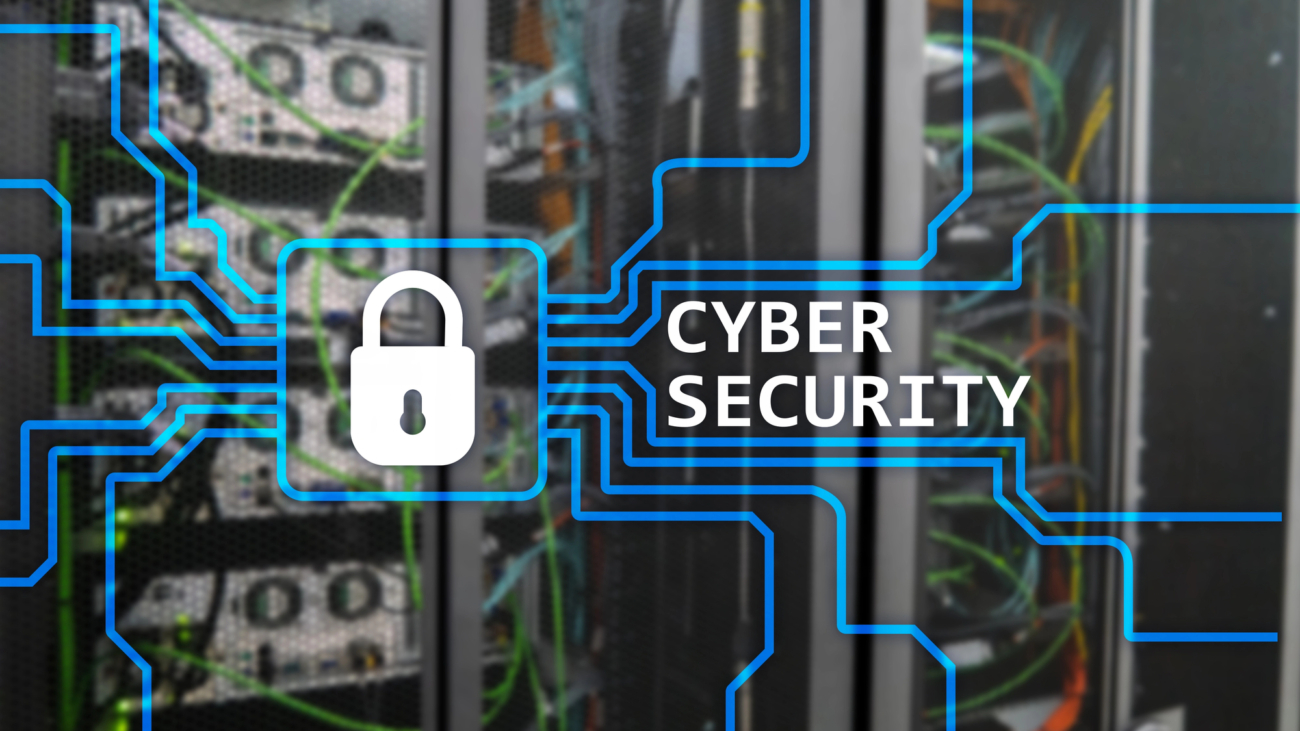Breakthroughs in AI and IoT aren’t just transforming operations—they’re reshaping leadership. From predictive maintenance in IIoT platforms to edge intelligence in healthcare, what once looked like isolated innovation is now core strategy. And behind these high-impact use cases? A deliberate mix of C-level foresight, recruiter precision, and succession readiness.
In Industry 4.0, success doesn’t start with a new platform or product—it starts with alignment. Companies that lead don’t just implement smart tech; they embed smart leadership. Strategic executive search, succession design, and adaptive recruiting now determine whether organizations scale or stall in the face of digital transformation.
“AI and IoT aren’t plug-and-play. They’re planned and led.”
From Data to Decisions: Why CEOs Are Driving IoT Strategy
The days of treating IoT as a back-end function are over. Today’s CEOs are placing connected systems at the center of enterprise strategy—because in high-stakes industries, real-time visibility translates directly into market agility.
From logistics to healthcare to smart manufacturing, IoT initiatives are no longer IT-led—they’re executive-led. Data doesn’t just enable better operations; it enables sharper capital allocation, faster customer response, and differentiated service models.
In recent success stories, we see this trend crystalize: leadership teams that framed IoT as a revenue lever—not a tech experiment—accelerated adoption and value realization. These leaders didn’t just greenlight the platform; they orchestrated the talent, timing, and outcomes.
Boards, too, are shifting focus. Instead of asking “What’s our IoT roadmap?” they’re asking, “Do we have the leadership to execute it?”
“In the IoT era, data flows—but strategy leads.”
AI-Enabled IIoT: Lessons from High-Impact Deployments
IIoT becomes exponentially more valuable when paired with AI. Predictive analytics, condition-based maintenance, and autonomous controls all depend on leadership that understands the fusion between data science and system behavior.
Recent deployments in energy, manufacturing, and supply chain optimization show a pattern: successful AI/IIoT convergence happens when leadership crosses functional boundaries. It’s no longer enough to have a CTO who understands machine learning. Companies need Presidents or GMs who grasp how those algorithms influence throughput, downtime, and margin.
Where implementation failed, it wasn’t a model problem—it was a leadership gap. No clear executive ownership. No succession depth. No recruiter-aligned strategy for high-impact talent.
Success stories emerged from companies that made AI operational—not academic. They built cross-functional AI leadership pipelines, hired proactively through retained executive search partners, and linked outcomes to strategic KPIs.
“AI may drive the logic—but executives drive the outcomes.”
Executive Search Behind the Breakthroughs
Every visible technology breakthrough hides an invisible leadership story. In the AI and IoT space, that story almost always includes a strategic executive search mandate—executed before the platform scales.
Companies succeeding with real-time analytics, IIoT edge deployment, or smart infrastructure aren’t just lucky. They’ve invested in precision recruiting to find hybrid leaders—those fluent in business logic, data models, and operational nuance.
These hires rarely come from a résumé pile. They are identified, vetted, and engaged by recruiters with deep sector understanding. In fact, some of the most impactful AI/IoT executives never applied. They were sourced months in advance through partner-led search—activated only when the timing aligned.
Retained recruiters aren’t just service providers. They’re intelligence partners, connecting Boards and CEOs with a leadership market that won’t show up in a LinkedIn search.
Note: What does an industry-leading executive placement guarantee say about your Search Partner’s confidence?
“Smart systems don’t build themselves. Neither do smart teams.”
Succession Planning in Smart Systems Environments
In complex ecosystems where AI and IoT interact with physical infrastructure, the absence of succession planning is itself a risk vector. When a CTO exits mid-deployment or a VP of Operations leaves during system integration, momentum stalls—and value erodes.
Forward-looking companies embed succession logic into transformation strategy. They don’t wait for departures to plan. They work with executive search partners to model leadership scenarios tied to their tech roadmap, supply chain interdependencies, and digital risk posture.
Strong succession isn’t about redundancy—it’s about resilience. When leaders change, the system can’t pause. Projects must continue. Compliance must remain intact. Teams must stay aligned. That only happens when Boards treat succession as part of operational readiness—not administrative routine.
High-performing firms pair recruiting strategy with business continuity. That’s why their digital programs survive transitions—and often accelerate after them.
“Smart systems depend on stable leadership. Succession makes it sustainable.”
Scaling IIoT: Strategic Alignment Between Tech and the Board
Deploying IIoT at scale—across manufacturing lines, logistics corridors, or utilities—isn’t just a technology challenge. It’s a leadership alignment issue. From funding cycles to implementation phasing, every decision must flow through the same lens: does this drive measurable value and long-term resilience?
Boards that actively engage with IIoT strategy outperform those that relegate it to operations. They challenge assumptions, sponsor pilot-to-scale transitions, and pressure test executive alignment across business units. The CEO doesn’t just sign off on the roadmap—they own its velocity.
This is where succession and executive design matter most. IIoT transformations often outlast individual leaders. If a CXO exits mid-implementation, what happens to the program? Do you have redundancy in leadership—or just redundancy in hardware?
The companies getting this right work with retained executive search partners to ensure that tech-forward operations have leader-forward continuity. Without that, even the best platforms stall before value is realized.
“IIoT won’t transform your enterprise—unless your Board transforms with it.”
Recruiting for Resilience: What Makes a Strong IoT Leadership Bench
Technology evolves. Markets shift. But what separates fragile from future-ready organizations is leadership depth. In high-velocity IoT and AI deployments, recruiting isn’t about filling roles—it’s about building a bench that can weather transformation.
Top-performing firms think in layers: Who owns data strategy? Who bridges engineering and operations? Who can speak both cloud and compliance? They invest in CXOs and divisional heads who can absorb complexity and translate it into executable strategy.
This depth isn’t built overnight. It’s cultivated through partnerships with recruiters who specialize in high-complexity leadership profiles—individuals who may be succeeding in other organizations but are open to the right move, under the right conditions.
These aren’t résumés. They’re risk mitigators. They keep AI deployments on track when markets shake. They preserve momentum when unexpected vacancies hit. They enable Boards to act with confidence, not panic.
“Resilience doesn’t come from the tech stack. It comes from the leadership layer.”
Industry 4.0 Talent Trends: What Executive Teams Are Prioritizing
The latest wave of Industry 4.0 expansion—driven by automation, AI, and edge connectivity—has redrawn the talent map. It’s not just about digital skill sets anymore. It’s about leadership agility, systems thinking, and experience across physical-digital interfaces.
Executive search data shows a shift:
- Demand for hybrid roles (e.g., VP of Digital Manufacturing, AI-focused COOs) is rising.
- Succession planning for tech-facing executives is moving to the top of Board agendas.
- CEOs are prioritizing cultural alignment and strategic foresight over legacy credentials.
High-growth firms are no longer waiting for vacancies. They’re partnering with search professionals to map talent markets, assess bench strength, and align recruiting strategy with strategic transformation.
Boards and CEOs are realizing what elite recruiters have known for years: Industry 4.0 isn’t just about connectivity—it’s about adaptability. And adaptability starts with who’s leading.
“In Industry 4.0, your workforce may be smart—but your leadership must be smarter.”
Innovation Isn’t Autonomous—It’s Engineered by Leaders
AI, IoT, and IIoT offer immense potential—but they don’t self-implement, self-govern, or self-correct. The firms making the leap from proof of concept to scalable innovation are those that invest just as much in executive recruiting, succession, and leadership design as they do in R&D.
These organizations understand that innovation is not a function. It’s a system—one led by people. Behind every smart factory, every predictive platform, every autonomous workflow, is a team of leaders who made thousands of micro-decisions to turn complexity into clarity.
As digital infrastructure expands, leadership agility will determine who leads and who follows. Boards that see executive search as a strategic asset—not a procurement line—will attract the people who turn transformation into performance.
“Industry 4.0 isn’t about automation alone. It’s about the leadership driving it forward.”
About NextGen Global Executive Search
NextGen Global Executive Search is a retained firm focused on elite executive placements for VC-backed, PE-owned, growth-stage companies and SMEs in complex sectors such as MedTech, IoT, Power Electronics, Robotics, Defense and Photonics. With deep industry relationships, succession planning expertise and a performance-first approach to recruiting, NextGen not only offers an industry-leading replacement guarantee, they also help CEOs and Boards future-proof their leadership teams for long-term success.
















